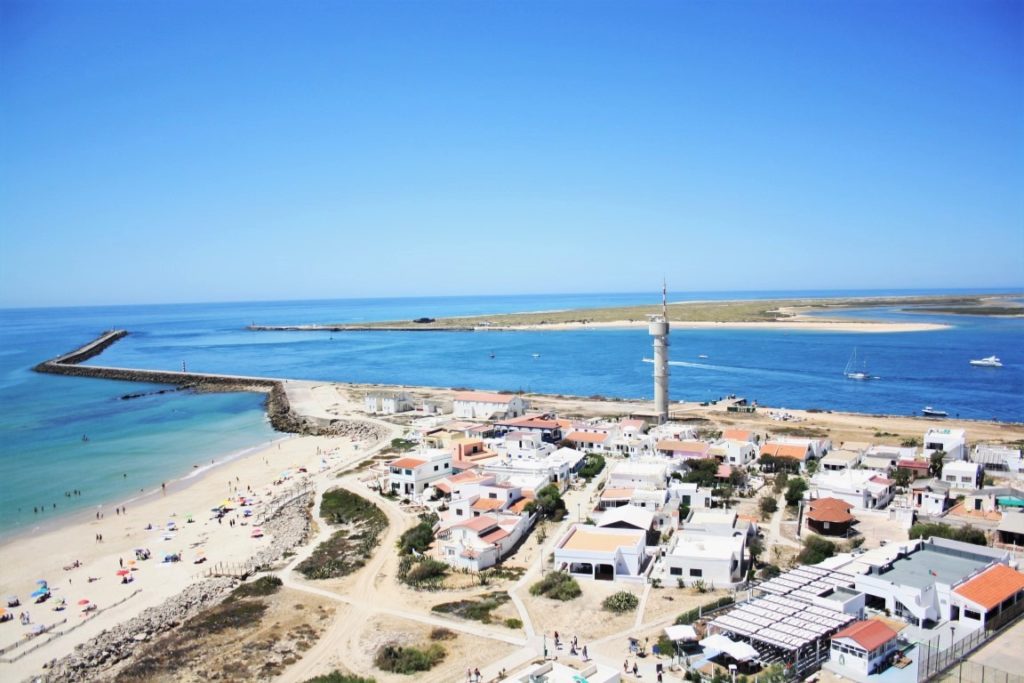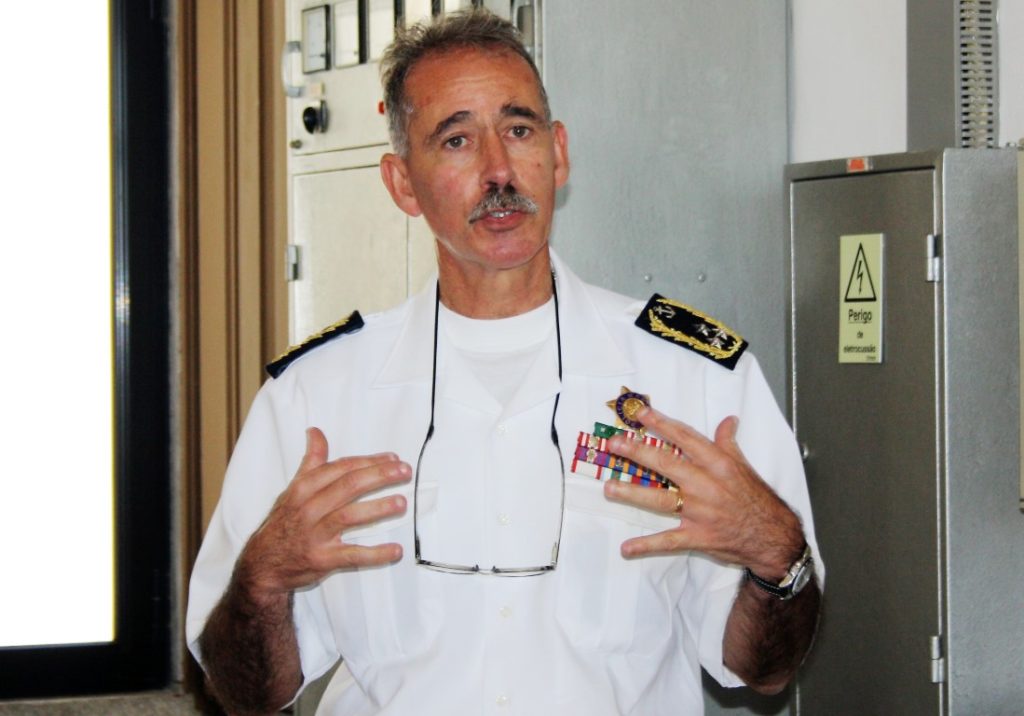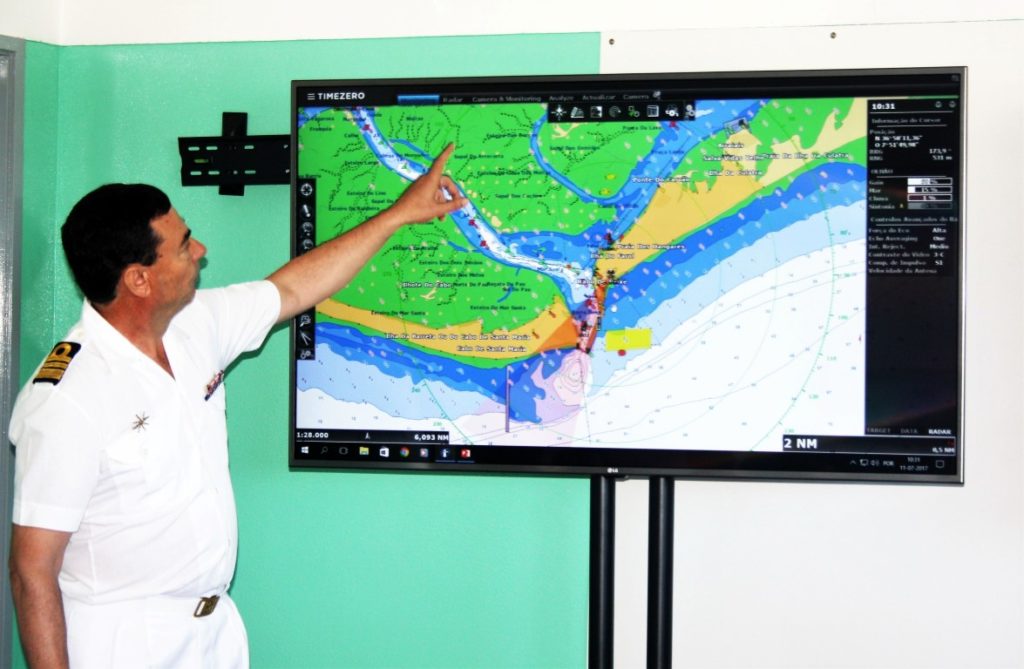 It didn't take special or state-of-the-art equipment, not even a large investment, to make the “Costa Segura”. The National Maritime Authority (AMN) inaugurated this Tuesday the local post in Olhão of this network of bars and coastal zone surveillance in the captaincy of Olhão, a system that is already in operation in other parts of the Algarve and the country and serves to improve respond to emergency situations and increase the capacity to respond to accidents.
It didn't take special or state-of-the-art equipment, not even a large investment, to make the “Costa Segura”. The National Maritime Authority (AMN) inaugurated this Tuesday the local post in Olhão of this network of bars and coastal zone surveillance in the captaincy of Olhão, a system that is already in operation in other parts of the Algarve and the country and serves to improve respond to emergency situations and increase the capacity to respond to accidents.
In the Algarve region, in addition to the local post in Olhão, those in Vila Real de Santo António and Ponta do Altar (Lagoa) are already operating. Until "the end of summer" the season will come into operation. farol of Cabo de São Vicente (Vila do Bispo), assured the vice-admiral Sousa Pereira in statements to the Sul Informação, on the sidelines of the official opening ceremony and presentation of the “Costa Segura” system in Olhão.
«We already have three stations installed in the Algarve and fully operational. By the end of the summer, we hope to have what we lack, in São Vicente. By the end of the year we hope to have complete coverage of the national territory, including the archipelagos of Madeira and the Azores. Altogether there will be 26 stations», revealed the general director of AMN and general commander of the Maritime Police.
“This system has the great advantage of giving us an eye over the bars and, in this case, for the Ria itself, where there is a lot of navigation. The primary objective of this system is the safety of seafarers and navigation. It also allows us to better coordinate our resources, particularly when a vessel is in danger or in a situation of maritime pollution. We can delimit the area and send our resources there, gaining response time and efficiency», added Sousa Pereira.
The most important thing, he considered, "is that we don't miss the picture." “In these issues of coordination of means, the great danger is to lose sight of not only what is happening, but also our own means. With this system, we know exactly where they are and we can handle them much more easily,” he explained.

“Costa Segura” is based on a set of commonly used hardware that collects data that is processed by a specific software for this purpose. The “base” of the system are headlights, “privileged places to receive local stations”, although operators can be anywhere, even inside a vehicle, as long as they have Internet access.
AMN operatives only need any computer to go online and access the platform where information from across the country can be consulted. And there's a lot to see.
The computer program integrates data collected by different equipment, namely "a very simple X-band radar and a thermal optical camera with night vision capability, like those you can buy in any store that sells this type of equipment", to which they combine an Automatic Identification System (AIS) and target tracking equipment (Automatic Radar Plotting Aid), according to Lighthouse Director Guerreiro Cardoso, who presented the “Costa Segura” in Olhão. The radar range is 24 nautical miles.
The acquisition of this equipment did not require a large investment, guarantees AMN, bearing in mind that it is equipment in common and widespread use, what is called, in English, commercial off-the-shelf. It was also necessary to acquire the licenses for the software used, but these do not imply “any additional payment”.
Another advantage is the fact that this system does not oblige “the assignment of specific staff”, since its operation is relatively simple.
 The combination of information that emanates from these tools makes it possible, from the outset, to know where, precisely and in real time, all the vessels that circulate along the coast, in the bars and, in the specific case of Olhão, in the Ria Formosa. The means of the Maritime Authority (Navy, Maritime Police, Institute of Aid to Shipwrecks) are also identified, which allows the Porto commander to manage them better, in case of need.
The combination of information that emanates from these tools makes it possible, from the outset, to know where, precisely and in real time, all the vessels that circulate along the coast, in the bars and, in the specific case of Olhão, in the Ria Formosa. The means of the Maritime Authority (Navy, Maritime Police, Institute of Aid to Shipwrecks) are also identified, which allows the Porto commander to manage them better, in case of need.
With this new system, the different entities gain «operational knowledge of the coastal and coastal areas under the jurisdiction of the captaincies», which allows them to «promote the safety of navigation, tracking vessels in a restricted area, such as the entrance of a bar".
The creation of this tool was, moreover, motivated by an accident in a bar. In 2015, the fishing vessel “Olívia Ribau” sank when entering the Figueira da Foz bar, causing several deaths among its crew, a situation that led the Maritime Authority to rethink its response strategy to this type of accident.
In addition to the “Costa Segura”, an investment was made in the reinforcement of the personnel of the lifeguard stations and more boats and other equipment were acquired, to increase their intervention capacity.
Along the way, the authorities gain the means to identify and deal with potential illegal situations. "This tool has a lot of capacity in terms of automation and allows for surveillance within the scope of what may be illegal activities that are the responsibility of port captains, namely illegal fishing in prohibited areas, or others", illustrated the vice admiral Sousa Pereira.


















Comments